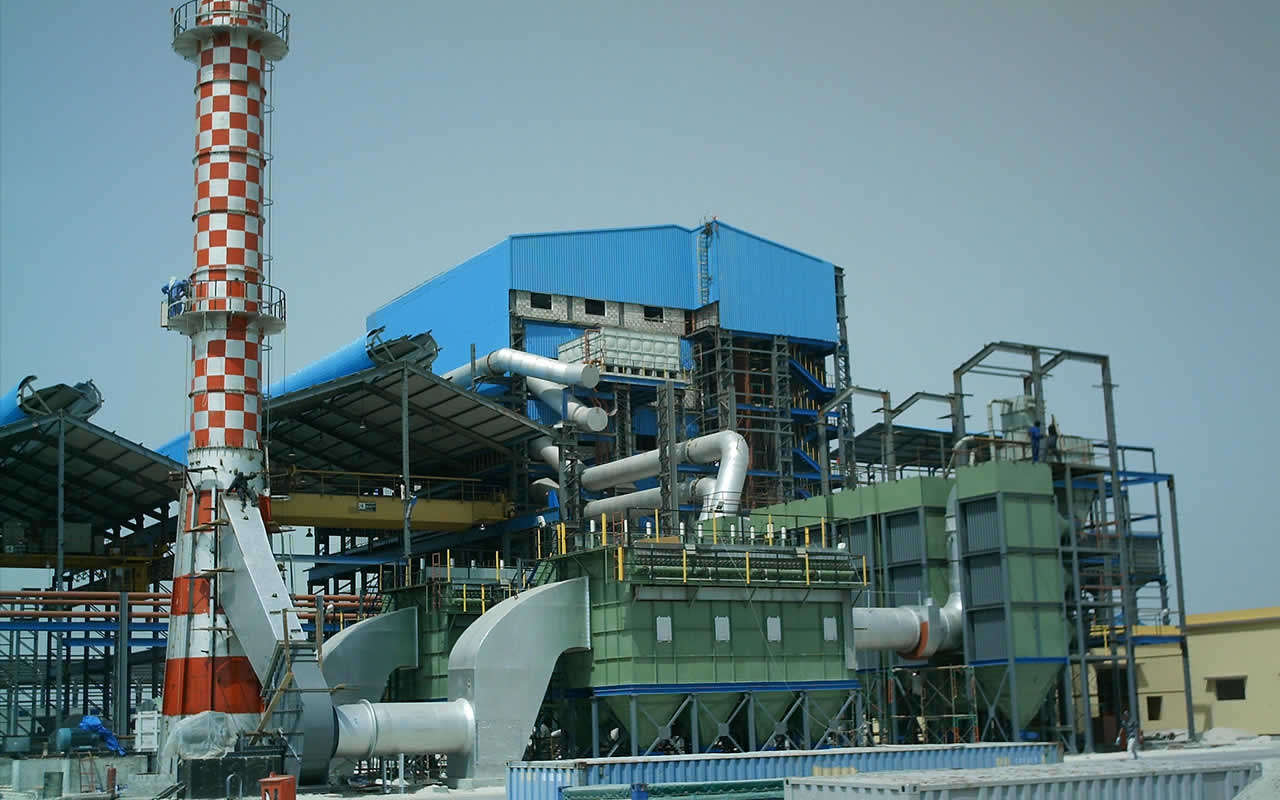With the challenges we face with changing climate condition and protecting emission, environmental technology, and innovation plays a key role in nearly all sectors today. To match up climate change, industries, and production sectors needs versatile solutions. In this blog, we will take a comprehensive look at the air filters and air quality control systems market.
The air quality control systems market was estimated to be worth USD 78.48 billion in 2022 and is anticipated to register USD 141.36 billion at a CAGR of 6.2% from 2023 to 2032.
What Is Air Pollution Control Equipment?
Air pollution control equipment is systems that prevent various solid and gaseous pollutants from penetrating into the atmosphere. Such pollutants can include air pollutants generated through natural sources such as volcanic eruptions and wildfires as well as human-made ones like mobile and stationary, respectively. Various tools, systems, and technologies are referred to as air pollution control equipment (APCE) in order to reduce or eliminate air pollutants and enhance air quality. These systems are used in commercial, residential settings, and industrial sectors to decrease atmospheric emissions of dangerous compounds.
There are several types of air pollution control equipment, each limiting the emissions of specific pollutants and employing different methods to capture or eliminate them. Some common examples include:
- Carbon Adsorbers
- Air Scrubbers
- Wet Air Scrubbers
- Dry Air Scrubbers
- Electrostatic Precipitators
- Oxidizers
- Catalytic Oxidizers
- Regenerative Thermal Oxidizers
- Recuperative Oxidizers
- Direct-Fired Thermal Oxidizers
- Flameless Thermal Oxidizers (FTO)
- Mist Collectors
- Cyclone Dust Collectors
- Catalytic Reactors
- Biofilters
What Are the Industry Dynamics?
Increasing atmospheric pollution levels and strong government guidelines and rules for pollution control are expected to boost the air quality control systems market demand. Rising applications of air quality control systems across various sectors like automotive, oil, and gas manufacturing fuels the market growth. Rising government environmental conservation activities, including funding for the installation of air quality control systems and smart city programs, are predicted to drive market expansion during the forecast period.
Furthermore, major firms like Honeywell International Inc. and Intel Corporation collaborate with governments from all around the world to protect the environment. The objective of this cooperation is to create sensor networks and intelligent systems for monitoring air and water quality.
Industrial Applications of Air pollution control
The equipment is utilized across a wide range of industrial applications, encompassing sectors such as agriculture, metallurgy, wastewater treatment, automotive, pharmaceuticals, oil and gas, and power production. Following are some examples of typical industries and industrial applications where the aforementioned air pollution management tools are used.
- Power plants
- Metallurgical plants
- Oil and gas refineries
- Paper mills
- Coating and printing shops
- Chemical manufacturing
- Rubber and plastic manufacturing
Top Research Findings
- Increasing government environmental protection initiatives, such as expenditure on the implementation of air quality control systems and smart city initiatives, are projected to accelerate the air quality control systems market growth.
- The market is primarily segmented based on component, product type, end-use, and region.
- Based on geography, the demand in North America is anticipated to show significant growth over the foreseen period
Recent Development
In July 2022, JERA Co., Inc. started commercial operation of Taketoyo Thermal Power Station Unit 5 in 1-1 Ryugu, Taketoyo-Cho, Chita County, Aichi Prefecture, Japan, through its subsidiary, JERA Power Taketoyo G.K. Over the past few years, the company has been replacing worn-out machinery. This ultra-supercritical (USC) power generation system is installed in this coal-fired power station with great efficiency.
The Bottom Line
Overall, the market plays a crucial role in addressing the growing concerns about air pollution and its impact on human health and the environment. Affordable sensor network accessibility, wireless communication improvements, crowdsourcing, and increased public awareness of environmental preservation are some of the key air quality control systems market trends positively influencing market growth. The need for effective air quality management systems is growing as awareness of air pollution and efforts to achieve cleaner, healthier air expand.

